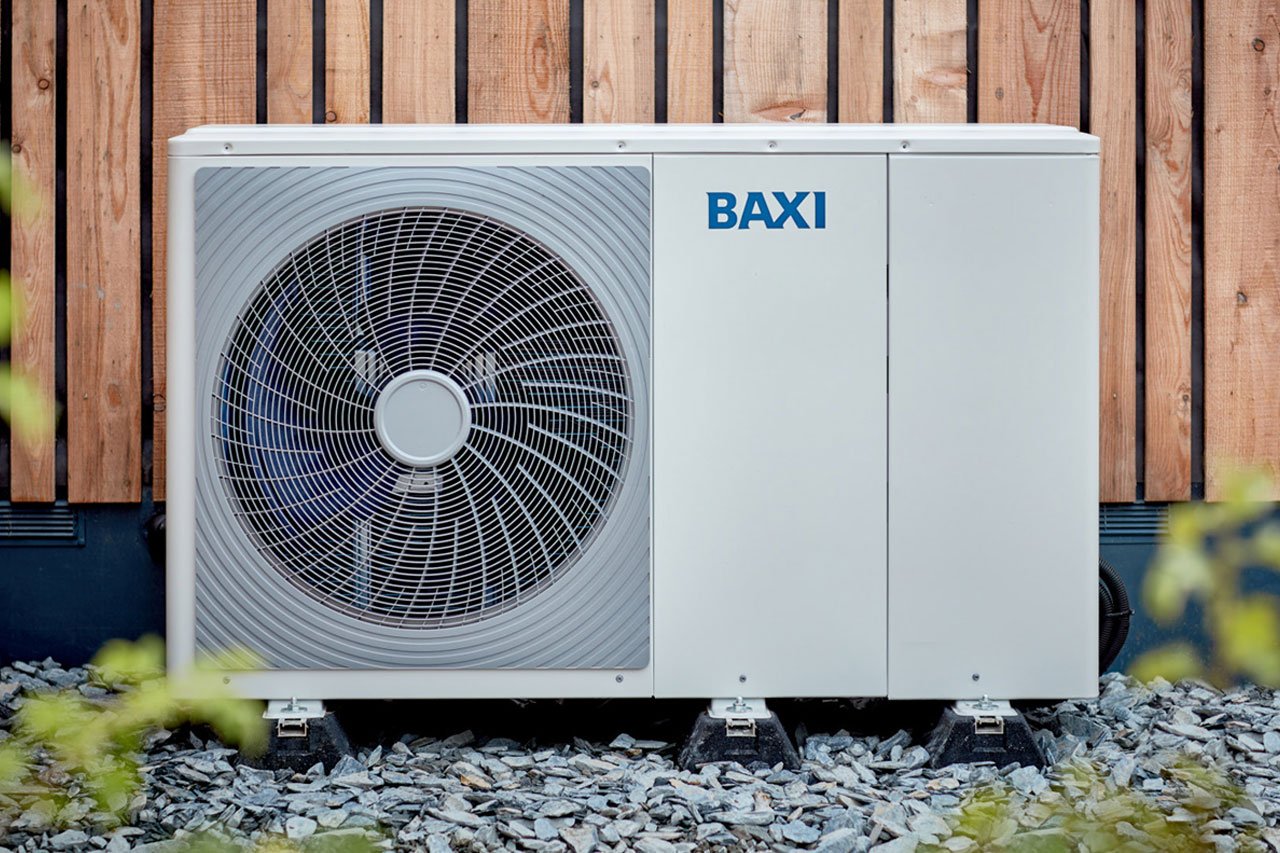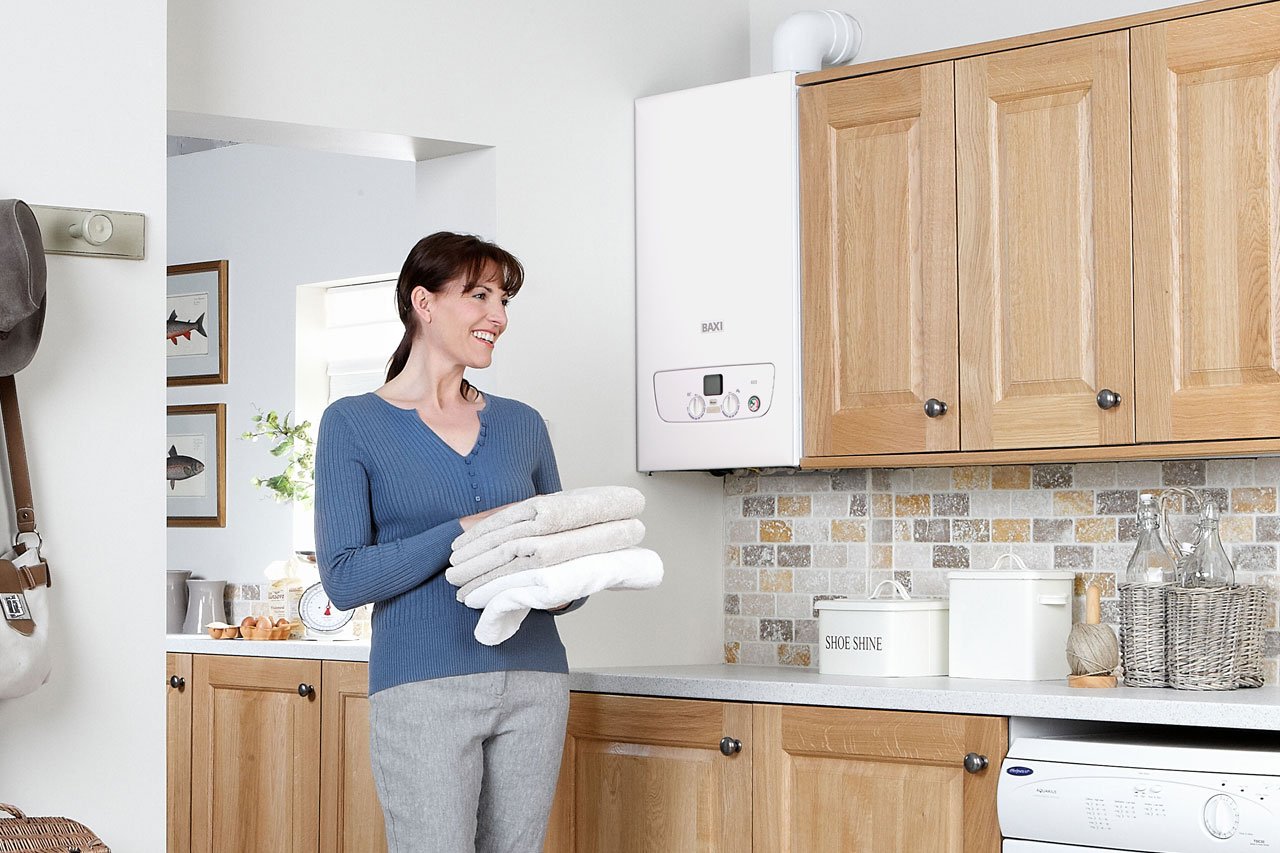Do you need planning permission for an air source heat pump?

Air source heat pumps are increasingly being seen as an alternative and eco-efficient solution to traditional boilers. A common question we are often asked is: do I need planning permission for an air source heat pump?
In most cases, you do not need a planning application for an air source heat pump (ASHP) as they are covered by permitted development rights, but there are certain rules and regulations that must be followed.
Understanding the regulations around heat pump planning permission is crucial for a smooth installation process. This guide will help you navigate the requirements you will need to keep in mind when considering an air source heat pump installation at your property.
Understanding air source heat pump planning permission
Rule changes introduced in May 2025 have made air source heat pump installation more straightforward and accessible. However, there are still certain rules and regulations that remain, which you will need to pay close attention to.
Specific regulations exist around whether your property is in a conservation area, the noise generated by your air source heat pump, the number of units you can have and their size, and where you can position your ASHP. There may also be specific rules to follow from your local building authority.
These considerations are usually explored with your installer at an early stage of the process so you can be assured that every step has been taken to ensure your heat pump is within the required regulations before the installation process begins.
Permitted development rights for air source heat pumps
Permitted development rights allow homeowners to make certain changes without full planning permission. Many of the changes in air source heat pump installation rules are covered under this term, making for a simplified installation process.
One significant change that has been introduced under the latest regulations is the rule that an ASHP must be at least one metre away from the property boundary has been removed, meaning that homeowners can now position an air source heat pump right up to the property line and still be compliant. This is particularly beneficial for properties that have limited space for an ASHP to be installed.
Similarly, the permitted size of the ASHP has been increased to allow more powerful units to be installed and detached homes can now have up to two air source heat pumps to support better heating capabilities.
The new permitted development rules have also changed how the noise from air source heat pumps is measured. Though they are relatively quiet, ASHPs do create noise, which needs to be no more than 37 decibels when measured from within the nearest neighbouring property, in accordance with the MCS 020 standard. This measurement is carried out during the installation so you can feel confident in having an air source heat pump that won’t cause disruption to your neighbours.
Though these changes will make a significant difference in making air source heat pump installations accessible, there are still specific considerations to take note of. If your property is a listed building or within a conservation area, then you may need to follow unique guidelines which may be more stringent.
Steps to apply for air source heat pump planning permission
If you suspect that you might need to have planning permission for your air source heat pump, start by looking at whether there are any specific guidelines to follow, especially if your property is listed or in a conservation area. In these cases, you may need to apply to your local council so it can assess the environmental impact and ensure compliance with air source heat pump planning permission guidelines.
In most cases, especially with the updated permitted development regulations, the process can simply start with an initial consultation with an installer and arrange for a visit to assess the suitability of your property.
Considerations for air source heat pump installation
When planning an air source heat pump installation, look at the unique factors of your property, such as your available outdoor space and where your unit will likely be placed. You might also need to evaluate the visual impact on your property and what effect, if any, it will have on the neighbours.
The type of property you have is another consideration as this will influence the size of your ASHP. Keep in mind that an air source heat pump will need to have ample airflow, be placed on a sturdy flat surface, and be accessible for maintenance without causing a hazard for other members of your household.
A final consideration is how an air source heat pump will integrate into your existing heating and plumbing system. In order to achieve maximum efficiency, you may need to upgrade certain elements of your property, such as insulation and pipework. These will be factors to discuss with your installer, who will be able to advise you on any extra work that might be needed.
Air source heat pump installations by Baxi
Our range of air source heat pumps are suitable for most properties, with our approved installers on hand to guide you throughout the entire process.
Contact our team to learn more about air source heat pump installations.
Find an Installer
Simply enter your postcode and find a local, trained, Gas Safe registered (where applicable) engineer to give you a no-obligation quote on a new boiler, cylinder or air source heat pump installation.




